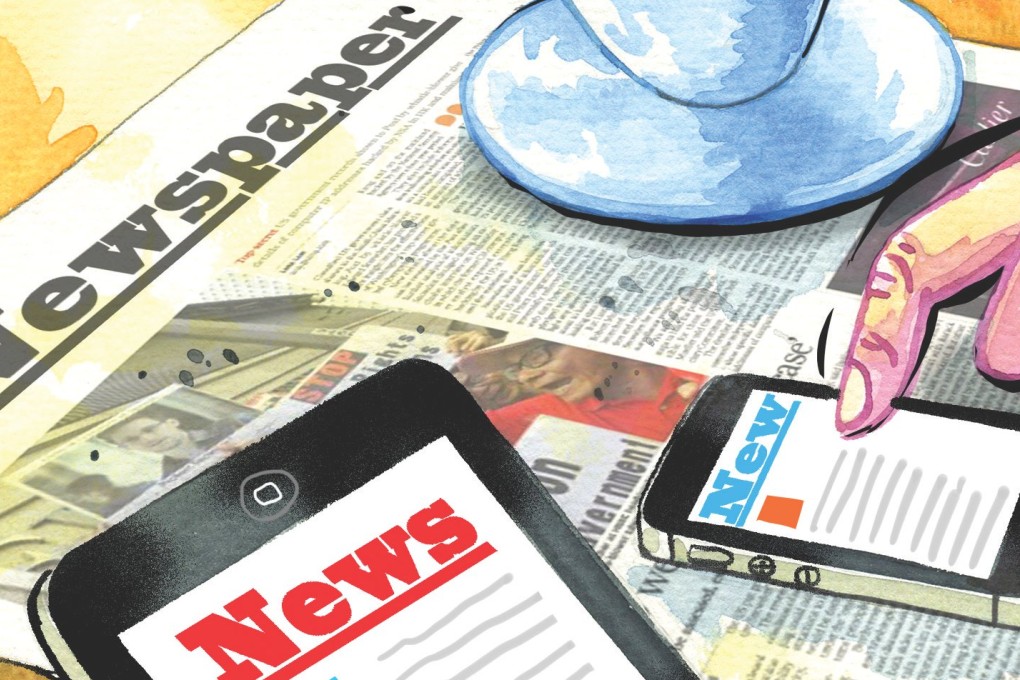Disruptive influence: Can the media industry adapt to a model of news at all times, all the time?
Robin Hu says the internet has changed the media industry, and only those who adapt fast will succeed


Click here to read the Chinese version of this article.
"Newspaper", as we all know, is made up of two words - "news" and "paper". Over the last 20 years, since the advent of the internet, "paper" has been getting smaller but "news" has never been bigger. The reality today is that we've never spent so much time consuming news.
News has taken on new forms and conduits. Apart from print, TV and radio, we now have the web, tablets, smartphones and even wearables.
From a 24-hour news cycle for the printed newspaper, news dissemination has evolved to become a matter of seconds on your wristwatch. Yet, newsrooms, long conditioned to operate on a 24-hour cycle, are hardly equipped to meet changes at such breakneck speed. Productivity improvement does have a limit. We have a problem.
A quarter of the Post's online traffic today is driven by social media and content aggregators from the likes of Facebook, Twitter, Reddit and BuzzFeed
News has also taken on new shapes of engagement. A quarter of the Post's online traffic today is driven by social media and content aggregators from the likes of Facebook, Twitter, Reddit and BuzzFeed. In other words, we are getting readers we've never reached out to before, who otherwise will not proactively come to us, much less buy a copy of the newspaper. So, not everything is gloomy and we have an opportunity.